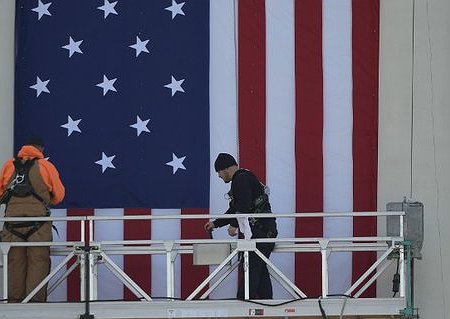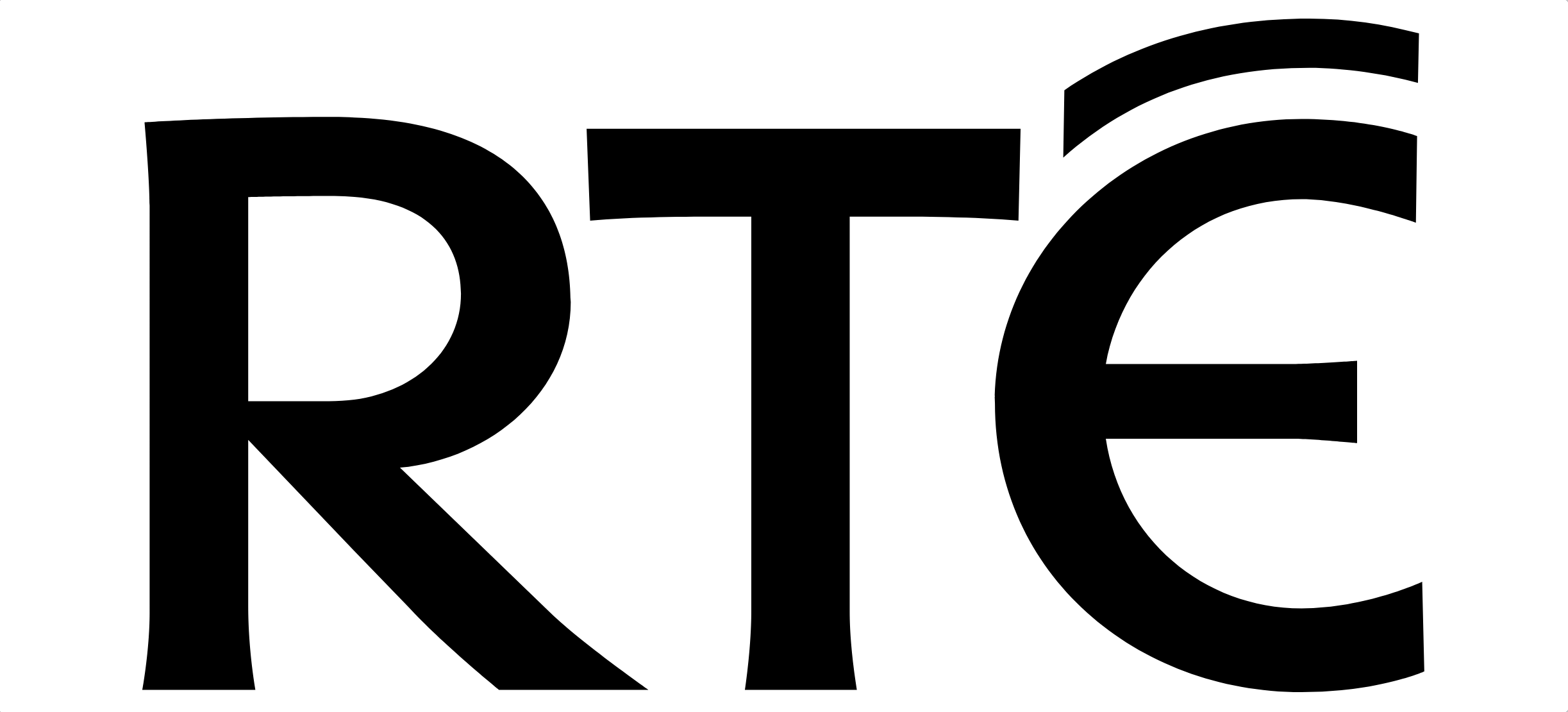With the inauguration of the new US president, Donald Trump, just days away and protestors massing on Washington DC, INSI has some advice for journalists on staying safe if the demonstrations turn violent.
- Have a plan for emergencies and know the area where the protests are taking place. Study your map and plan escape routes. Ensure you know the landmarks to head for if you become disorientated
- There is safety in numbers. Broadcast outlets should try to send three journalists and insist they stick together. Individuals should go with other journalists or take someone with them who knows the area
- Try to get a sense of the mood in the morning. Who is there? What are people doing? What are their intentions? Crowds have a life of their own. Be constantly aware of the mood and attitude
- Make sure your editor knows how to reach your family in case you’re arrested or injured
- You may wish to alert the authorities that your news organisation plans to cover the protests, if it is appropriate. If so, obtain the mobile number of someone involved in policing the protest, the more senior the better
- Consider filming/observing from high, safe vantage points
- Television crews should travel as light as possible. If experiencing aggression, ensure your backpack is big enough to hold the tripod and pack it away. Be prepared to leave it behind if you need to run
- Agree a rendez-vous point in case you lose your team and a safe place where you can retreat if the situation becomes too dangerous
- If you decide to change direction, seek advice from people who have just come from the direction you’re heading
- Have a car on standby as near to the protest area as possible for use in an emergency. The driver must stay with the vehicle
Equipment Ensure you take the following:
- A backpack with photocopies of your documents including press accreditation and the numbers of your editor and lawyer. Do not take your passport
- Torch and spare batteries
- Goggles and dust mask, or preferably a respirator/gas mask with a spare canister in case of tear gas
- Hard hat/bump cap
- Small fire extinguisher
- Eye drops
- Medical pack with equipment for burns and gunshots
- Compass, map and spare phone battery
Tear gas
Typical RCAs (Riot Control Agents) such as tear gas are delivered by either a spray or a grenade canister fired from a baton gun. The canisters themselves can be hazardous as they usually generate a lot of heat and will cause nasty burns if handled. If they are fired at close range, they can cause serious damage to a person’s body and have resulted in death.
When chemicals used in tear gas react with moisture they cause a burning sensation, meaning that the eyes, skin and lungs are extremely susceptible. Oil-based creams, sunscreens and make up will also absorb tear gas, so avoid wearing these when covering protests where it might be used.
Tear gas attacks the lungs, so if you suffer from any respiratory diseases, including asthma, you should seriously consider the potentially dangerous effects this may have on your condition.
Streaming and burning of eyelids and throat as well as excessive coughing are all reactions to tear gas. An excess of mucus coming from the nose, eyelids and throat is also common. People often report that they feel disorientated and dizzy just after breathing it in. The effects usually wear off within an hour, although the feeling of burning and highly irritated skin may persist for hours.
Protecting yourself
A gas mask (often called a respirator) is the best tool. They are not cheap, but they'll allow you to cover the story safely. They are subject to export licences in some countries, so ensure you have the correct paperwork to travel with them.
A gas mask consists of a rubber mask with a canister and filter fitted to the side. It is fitted to the size and shape of your face, and you should not assume that yours will fit someone else. Ensure you have a spare canister as they do need changing after several hours (this depends on the make and model of the gas mask as well as how long it has been used).
If you already have a gas mask, make sure it is working properly and is correctly fitted. Any masks purchased online or in military surplus stores should be checked by an expert to ensure they work correctly.
The next best thing to a gas mask is an escape hood, which is cheaper and is not subject to the same export rules. You can also use a builder's respirator that covers your nose and mouth – but make sure that you use appropriate filters. Failing that, a dust mask for DIY and building and airtight goggles will provide some degree of protection.
What to do if tear gas is used
If you have a gas mask, or a mask and goggles, put them on. If you have no protection, cover your mouth and nose with a handkerchief or cloth or use the inside of your coat to protect your airway (the outside of your jacket is likely to be contaminated).
Stand in the fresh air and allow the breeze to carry away the gas.
Keeping your arms outstretched will help the gas to come off your clothing.
Try to get to high ground – most RCAs are heavier than air so the highest concentrations tend to sit nearer to the ground.
Remember that the gas will impregnate clothing for many months, so anything that may have been contaminated should be immediately washed several times or discarded.
Any exposed skin should be washed with soap and water. Shower first in cold water, then warm water.
Image by AFP



























































